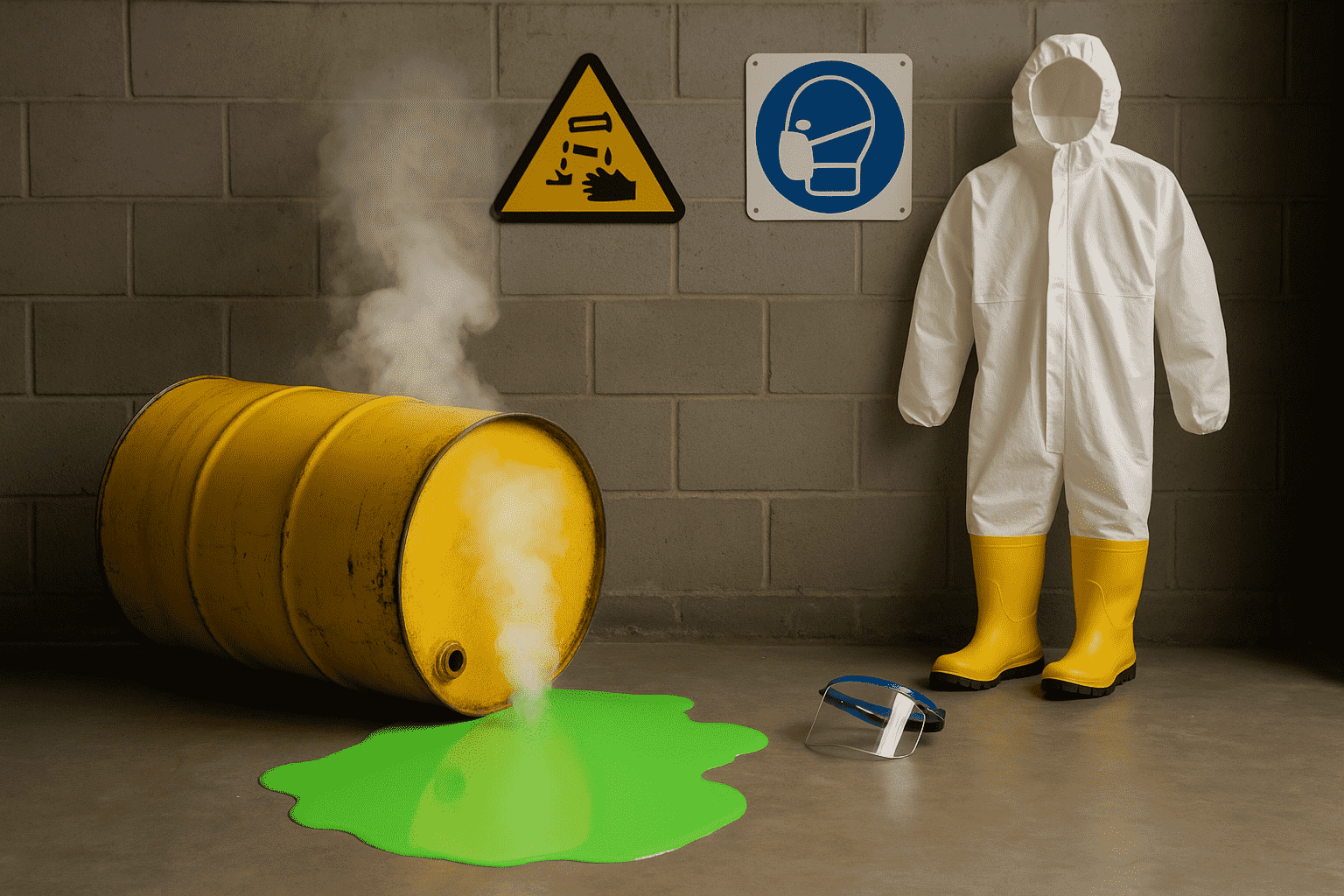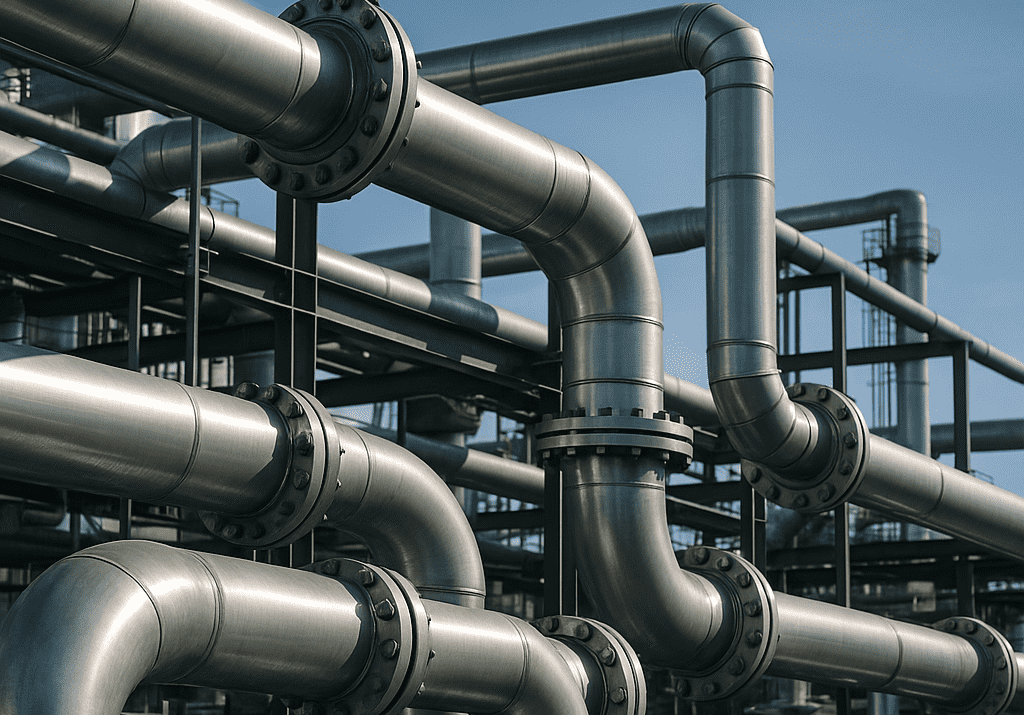How Do Wastewater Treatment Plants Work?

Wastewater treatment which is also called sewage treatment is the process of removal of impurities from wastewater or sewage before it reaches natural water bodies such as rivers, lakes, seas, etc.
Wastewater in broad terms is polluted water that contains impurities that make it unfit for use such as drinking, fishing, etc. Here, the word ‘polluted water’ implies contamination of water as a result of human activities such as washing, toilet, rainwater runoff, etc. The common contaminants are bacteria, chemicals, oils, and other toxins. Thus, water pollution is caused primarily by the drainage of contaminated wastewater into surface water or groundwater. Therefore, wastewater treatment is quintessential to water pollution control and to preserve our environment.
Benefits of Wastewater Treatment
-
- 1. Health: wastewater treatment prevents the outbreak of waterborne diseases.
-
- 2. Conserve natural resources: wastewater post-treatment can be used for cooling machines/towers in industries. It reduces the use of freshwater, thereby conserving water. Also, in some cases, it can be reused for drinking purposes. Thus, reducing the load on the freshwater requirements.
-
- 3. Environment protection: wastewater treatment ensures zero pollution in receiving channels. Thereby, protecting our natural habitats and resources.
-
- 4. Fertilizer Production: the biodegradable material in the wastewater can be turned into natural fertilizers through wastewater treatment.
-
- 5. Production of Energy: wastewater treatment produces methane. Methane gas is used to generate electricity which ultimately is useful to power the wastewater treatment plant.
We now know that wastewater treatment plays a vital role in water pollution control and has numerous benefits. Going ahead let us understand the wastewater treatment types and processes.
Wastewater treatment can either be biological wherein biological matter and bacteria break down waste or it can be physical treatment which makes use of chemicals and physical processes to treat wastewater. The treatment type and process depend on the characteristics of the wastewater and its final destination.
A typical Wastewater Treatment Plant (WWTP) follows a set of sequences to treat wastewater.
The WWTP takes an average of 24 – 48 hours of treatment before it is returned to receiving channels such as rivers, reservoirs, or seas. The wastewater in WWTP undergoes the following:
1. Pre-treatment
It consists of the removal of the largest solids such as floating debris, sands, and oils. Screens, gates, oil skimmers, and oil water separators are deployed at this stage to eliminate them.
2. Primary Treatment
It consists of a set of physical-chemical processes to decrease the content of suspended particles in the wastewater. These suspended solids can be settling or floating. CPI wastewater and wastewater decanter Separators are used in this stage of wastewater treatment. Methods used to treat wastewater at this stage are:
Sedimentation:
the particles fall to the bottom due to gravity. This process occurs in tanks called decanters.
Flotation:
foam, fats, and oils have low density hence they are located on the surface of the wastewater. They are removed by facilitating their ascent by injecting air bubbles. Flotation can remove up to 75% of the suspended particles. The process occurs in tanks called dissolved air floats.
Neutralization:
consists of normalizing the pH, that is, adjusting it to a value in the range of 6-8.5, which is typically the value of water. In the case of acidic wastewater (low pH) such as those containing heavy metals, alkaline substances are added to raise the pH of the water. Whereas, in alkaline wastewater, CO2 is usually introduced so that the pH of the water drops to normal values.
Other processes:
to achieve better purification of wastewater, the use of other techniques such as septic tanks, and other chemical processes (ion exchange, oxidation, reduction, etc.) can be applied.
3. Secondary Wastewater Treatment
Secondary treatment is also known as the activated sludge process. It consists of a set of biological processes to eliminate the organic matter in the wastewater. The biological process is carried out by bacteria and microorganisms. They transform organic matter into cellular biomass, energy, gases, and water. This process takes 3 – 6 hours wherein wastewater passes through a multi-chamber reactor unit. This treatment is 90% effective.
The activated sludge process is either aerobic or anaerobic.
The aerobic process is performed in the presence of oxygen. The degradation of organic matter results in forming water, CO2, and the elimination of nitrogenous products. Ammonium, derived from toxic nitrogen, is transformed into nitrate by nitrification. Nitrate although non-toxic can cause the proliferation of algae and enrichment of nutrients in the receiving environment (eutrophication). Through denitrification, it turns into nitrogen and is released into the atmosphere. The anaerobic process is carried out in the absence of oxygen. In this process, fermentative reactions occur in which organic matter is transformed into energy, methane, and carbon dioxide. The various methods are:
Active sludge:
it is an aerobic process that consists of adding flocs or lumps of organic matter with microorganisms to the wastewater and constantly infiltrating oxygen for reactions to take place.
Bacterial beds:
is also an aerobic process. These are supports where the microorganisms are found and the residual water is poured in small quantities to maintain aerobic conditions.
Anaerobic digestion:
it is an anaerobic process that takes place in closed tanks. Bacteria that produce acid and methane are mainly used to degrade organic matter.
Others:
biodisks, biocylinders, electrocoagulation, electrooxidation, membrane biological reactor, etc.
4. Tertiary treatment
Tertiary treatment aims at the elimination of pathogens, especially fecal bacteria, and nutrients. This stage is similar to drinking water treatment plants which clean raw water for drinking purposes. This treatment is optional and is usually done when the water is going to be reused, for example, in gardens or other public spaces so that they do not pose a danger to human health. The most common tertiary treatment processes are the following:
Filtration:
It consists of the elimination of organic particles that have not been able to be extracted in the previous treatments. Sand and gravel are used in this process.
Ultraviolet radiation:
Water is passed through UV radiation. It is capable of eliminating around 99% of microorganisms.
Ion exchange:
is the technique used to remove salts in low concentrations and for this, resins are used that are capable of temporarily retaining ions.
Reverse osmosis:
it consists of the elimination of salts when the water passes from a concentrated solution to a dilute one.
Chlorination:
it consists of the elimination of microorganisms through the application of chlorinated products/dosing. In addition, they contribute to the elimination of ammonia and prevent the oxidation of inorganic elements.
5. Sludge Treatment
The sludge produced during the primary and secondary treatment is treated prior to release into the environment. The process can take up to 24 hours. The remaining water in sludge is collected and sent back to the aeration tanks for further treatment. A wastewater aerator may be used in this process. The sludge is then treated and sent back into the environment and can be used for agricultural use. The steps followed to treat sludge are:
Sludge Thickening
The first step in sludge treatment is called thickening. In this step, the sewage sludge is thickened in a gravity thickener to reduce its overall volume. Dissolved air flotation is another alternative that can be effectively used to thicken the sludge by using air bubbles to allow the solid mass to float to the top.
Sludge Digestion
The sludge digestion process is a biological process in which the organic solids present in the sludge are decomposed into stable substances. This process also helps reduce the total mass of solids, while destroying any present pathogens to enable easy dewatering.
Dewatering
After retrieving useful gases and by-products, the remaining sludge is then dewatered before final disposal. In most cases, dewatered sludge usually contains 70 percent of water, in spite of its solidified state. Therefore, it is important to dry and dewater the sludge beforehand.
Disposal
Post dewatering of sludge it can be buried underground in a sanitary landfill or can be used as a fertilizer, depending on its chemical composition. In cases where the sludge is too toxic to be reused or buried, it is incinerated converting it into ash.
Freshwater scarcity has been a growing problem for decades, at the same time domestic and industrial activities result in water pollution. To control water pollution local authorities worldwide have set wastewater discharge parameters that industries have to abide by.
Wastewater treatment ensures environmental protection and has numerous benefits too. An efficient wastewater treatment plant is an answer to a sustainable future.
Frequently Asked Questions(FAQs)
Q1. What are the advantages of using a floating oil skimmer?
A. The advantages of using a floating oil skimmer include its ability to adapt to varying water levels, effectively removing oil and contaminants from water surfaces, and its ease of maintenance due to its simple design.
Q2. What maintenance is required for a mechanical bar screen?
A. Maintenance for a mechanical bar screen typically includes regular inspections, cleaning debris from the bars, and lubricating moving parts to ensure smooth operation and prevent blockages.
Q3. What are the benefits of using oil water separators in industrial settings?
A. Oil water separators in industrial settings offer several benefits, including efficient removal of oil and contaminants from wastewater, compliance with environmental regulations, reduced maintenance costs, and the prevention of environmental pollution.





